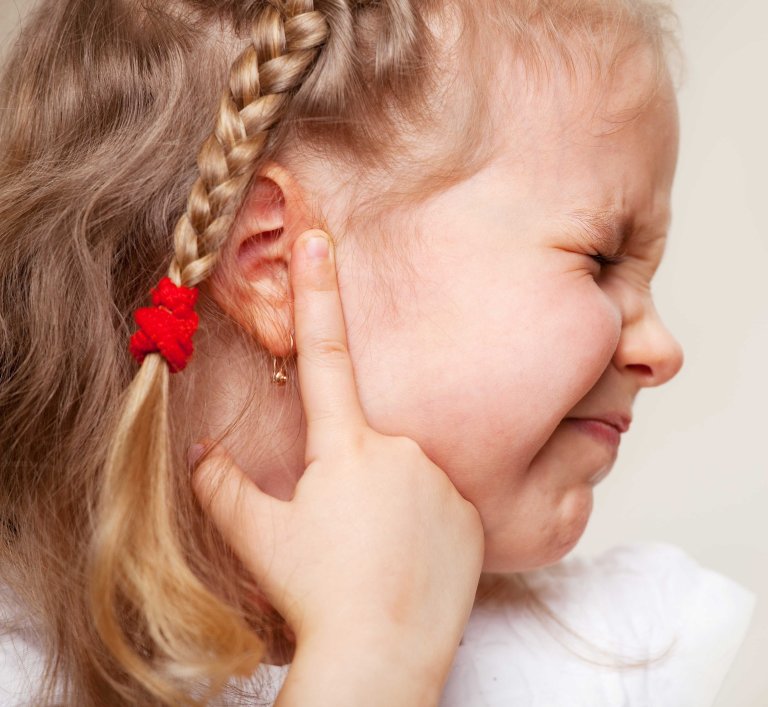Safe Methods for Cleaning Your Child’s Ears
In general, it’s best to avoid at-home methods of ear wax removal, as they can actually do more harm than good.
Things like cotton buds, wax removal tools, or bulb syringes used improperly can impact the wax further into the ear and even cause damage to your child’s delicate ears.
Instead consider:
- Using a damp cloth to wipe away wax or debris from the outer ear.
- Use olive oil to soften earwax, provided your child doesn’t have an ear infection, perforation of the eardrum, or has grommets placed.
Safe methods such as these help to reduce the risks of damaging delicate skin of the ear canal or drum, causing infection, or compacting the wax further into the ear, making it more difficult to remove.
If your child does need help with a build-up of earwax, a paediatric specialist can remove excess wax via microsuction if it’s deemed suitable. Additionally, THCP also offers ear wax removal services if your GP recommends it.



